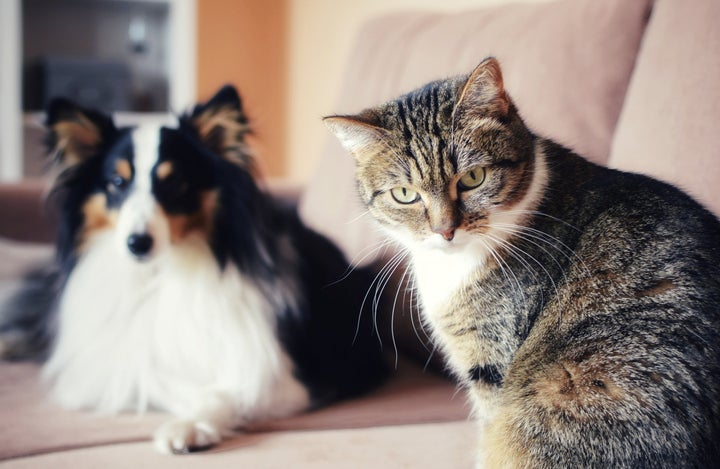
It’s always nice to get flowers or a houseplant, but if you are a pet owner, bringing plants into your home can come with life-threatening danger for your beloved pets.
That’s why it’s critical to know the difference between a highly toxic plant or flower and one that’s safe for your pets. In general, cats are in more danger of needing to be rushed to the ER after eating a plant they shouldn’t have than are dogs.
“One of the reasons cats are more in danger is because they are true carnivores. They have fewer enzymes to break down toxins in their livers, as compared to dogs that are omnivores,” said veterinarian Tina Wismer, senior director of the Animal Poison Control Center for the American Society for the Prevention of Cruelty to Animals. “So [dogs] have a wider variety of enzymes in their livers to break down toxins.”
Every pet owner needs to be cautious about what your pet could try eating when your are not watching. Despite your best efforts to keep plants and pets separate, cats and dogs can be curious about the plant on the mantle and mistake it for a toy or a snack (they are, after all, small agents of chaos).
Here are some of the most toxic flowers and houseplants to watch out for if you’re a cat or dog owner:
1. Lilies
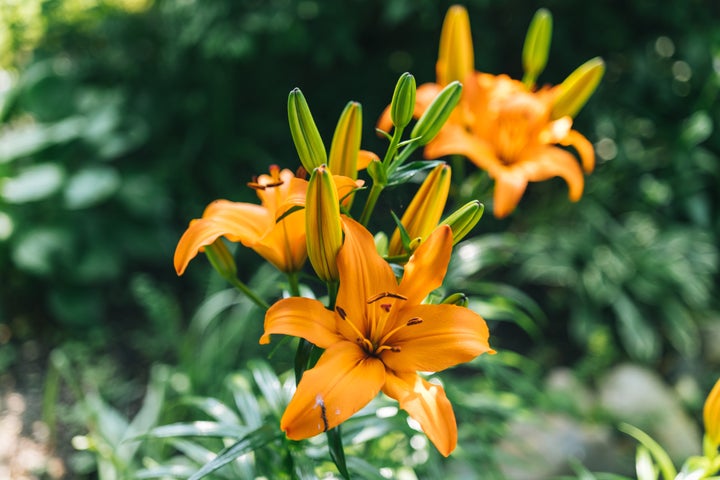
Dr. Renee Schmid, a senior veterinary toxicologist for Pet Poison Helpline, said the majority of cat owners who end up calling the helpline do so because of lilies. “Lilies, by far, are our most common call,” she said.
But not all lilies have the same effects on pets. Although the vets explained that chewing on lilies can cause vomiting, diarrhea and stomach pain in dogs, certain types are particularly life-threatening to cats.
Cat owners want to watch out for lilies in the Lilium and Hemerocallis genus, which can cause acute kidney failure, as well as lilies in the Convallaria genus, such as lily of the valley, which can cause acute poisoning and an irregular heartbeat. These groups of plants include popular seasonal flowers, such as:
- Easter lily
- Japanese lily
- Oriental lily hybrids
- Stargazer lily
- Casa Blanca lily
- Tiger lily
- Daylilies
- Lily of the valley
For these highly toxic lilies, Wismer said it doesn’t take more than a lick of the pollen to cause problems for cats. “It requires ingestion of either the leaves or petals, or unfortunately the pollen, too,” Wismer said. “If you have a cat, please, no lilies in the house.”
If your cat has been unattended in a room with one of these lilies, Wismer suggests taking them to the emergency room ASAP, just in case.
“For lilies, I probably would,” she said. “What we know with cats is if we start to treat them in the first 18 hours after they’ve been exposed, we’ve got a good prognosis, but after that the prognosis really goes down.”
2. Castor bean plant
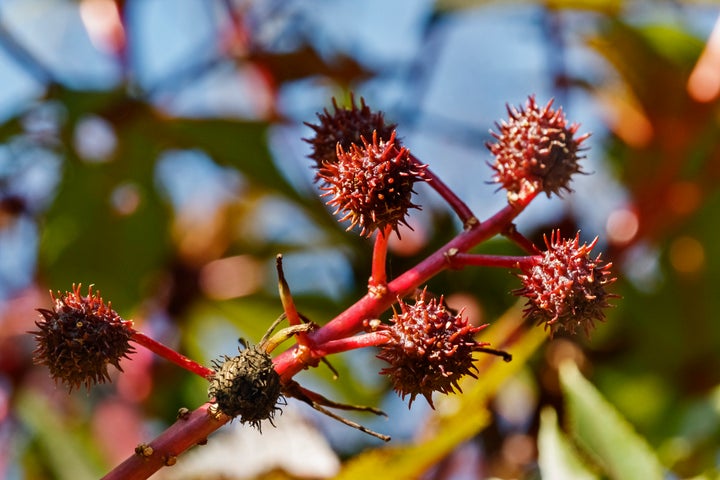
This tropical decorative plant, which grows in backyards throughout the U.S., is highly toxic to dogs and cats if they ingest the bean because it can cause liver and kidney failure and death.
“For castor bean, it’s not so much the flower that it has but the seed that it produces,” Wismer said.
Signs of castor bean poisoning can include “loss of appetite, excessive thirst, weakness, colic, trembling, sweating, loss of coordination, difficulty breathing, progressive central nervous system depression and fever,” according to the ASPCA website.
3. Oleander
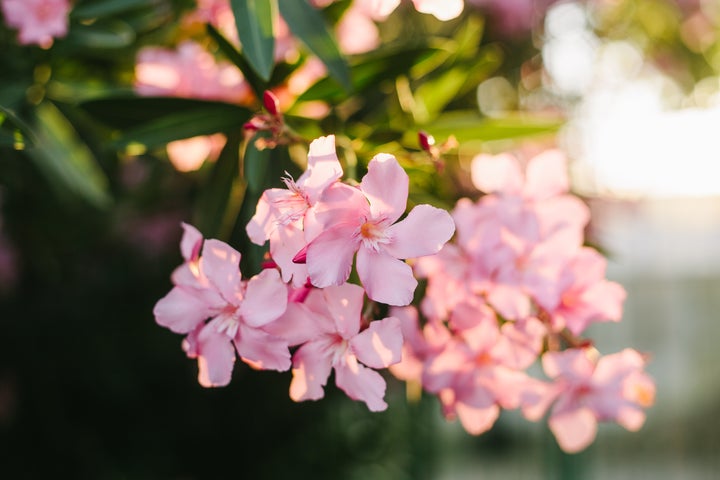
Eating any part of this flowering plant is toxic and can cause vomiting, diarrhea, arrhythmia and even death for both cats and dogs.
“It’s the entire plant: the flowers, the leaves, the stem,” Wismer said.
For dogs, it can even cause the heart to stop, Wismer said.
4. Foxglove
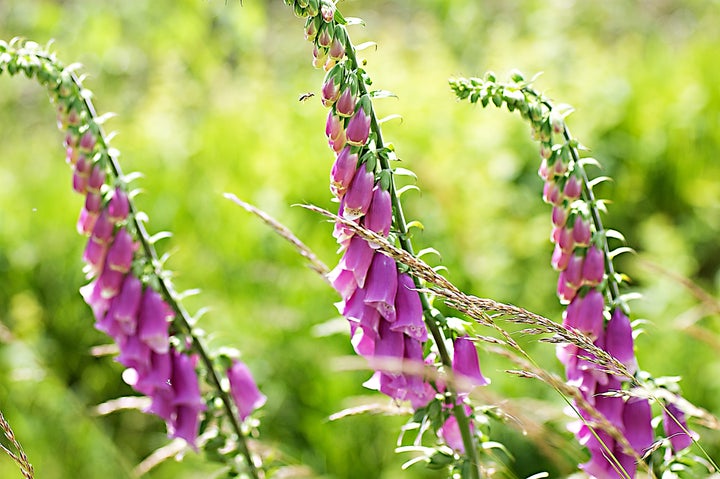
This common garden plant contains chemicals that affect the hearts of dogs and cats and can cause cardiac failure if ingested.
Like oleander, Wismer said, ingesting the flower can cause their hearts to beat erratically.
5-7. Tulips, daffodils and hyacinths

With these popular spring flowers, it’s the bulb in the ground you need to worry about as a pet owner.
“We get a lot of calls when their dogs and cats eat tulips or daffodils or hyacinths, but as long as they’re not eating the bulb, all you are going to see is mild stomach upset,” Wismer said. “But the part that’s below the ground, the bulb, is highly toxic.”
As the Pet Poison Helpline’s website states, “Tulip and daffodil bulbs can cause heart rate, rhythm and blood pressure changes if ingested.”
8. Sago Palm

One bite of the sago palm’s highly toxic feather-like leaves can be life-threatening to dogs and cats, although Schmid noted that in her experience, dogs as more likely to try eating it.
“They have a higher chance of exposure to it,” she said. “Cats tend to be more selective in what they choose to eat. Dogs don’t really care; they’re more curious.”
Liver failure and significant stomach distress are possible, Shmid added. “It can be fatal if ingested. That one to me can be overlooked because it’s a houseplant, so people are thinking it’s this small ornamental plant” that poses little danger.
9. Azaleas
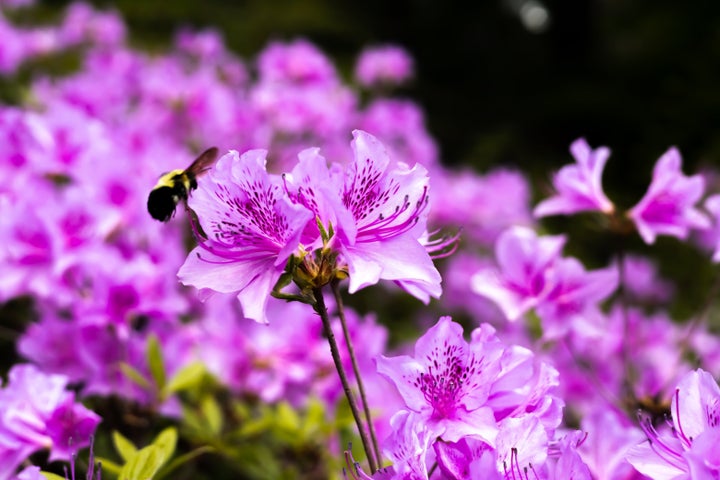
Azaleas and other plants in the Rhododendron species contain toxins that can be dangerous if too much of them are eaten.
“They also have cardiac toxins that can cause blood pressure and heart rate and rhythm changes,” Schmid said.
As the Pet Poison Helpline’s website states, “Most ingestions by pets will only result in stomach upset, however, more severe signs, including heart rate and rhythm abnormalities as well as neurologic changes, can occur with large ingestions.”
Unfortunately, pets don’t have to eat a lot of azaleas before it becomes a problem. “As little as ingestion of 0.2% of an animal’s body weight can result in poisoning,” the Pet Poison Helpline states. “The overall prognosis is fair with treatment.”
10. Shamrock plants
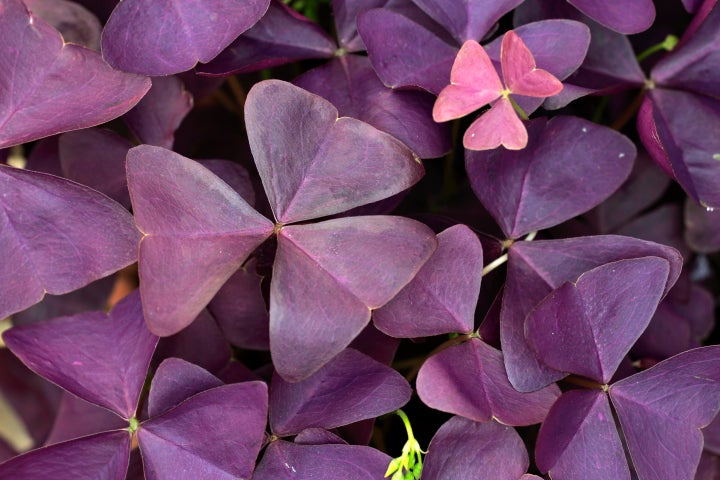
Schmid said that for the most part, a lot of common houseplants, like pothos, will likely just cause an upset stomach for cats and dogs who eat them.
But plants in the Oxalis species, like the shamrock plant, also known as the good luck plant, sorrel or Oxalis triangularis, are an exception — and are highly toxic to pets.
“Those can cause kidney failure to occur in dogs and cats,” she said. “That would be one that maybe people don’t pay much attention to or think much of... Usually if we get a call on them, it’s been an indoor plant.”
11. Kalanchoe flowers
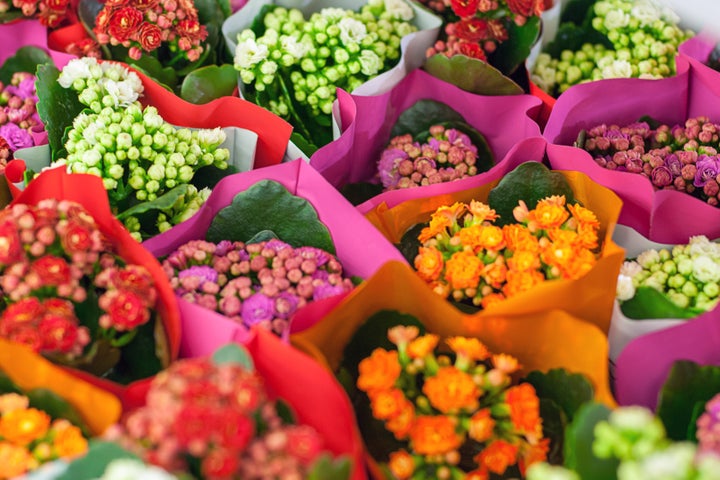
Kalanchoe are a common indoor or outdoor plant that have heart toxins, which can damage your cat’s or dog’s ticker.
“Most of the time with that one as well, stomach upset is the first ting that’s seen,” Schmid said. “But if they ingest numerous leaves or numerous of the flower balloons, then it’s possible they can have changes to their heart rate and rhythm.”
Of course, these are just some of the many plants and flowers that are dangerous to dogs and cats, and the list includes trendy houseplants such as alocasias, monsteras, jade, mistletoe, schefflera and eucalyptus. When in doubt, look up the toxicity of the plant your pet nibbled on and give your veterinarian a call, Wismer said.
“[Your vet] can decide whether this is something we can monitor at home or whether they need to come in immediately,” she said. “An important thing: If you are sending flowers to someone, you can request a pet-safe bouquet.”